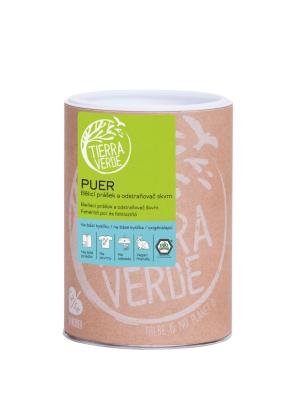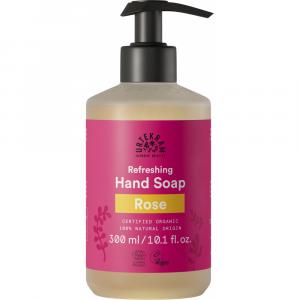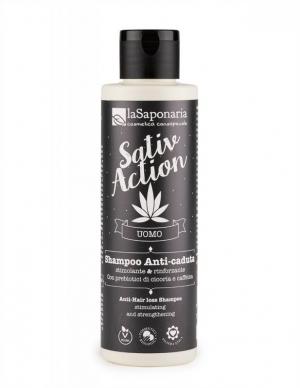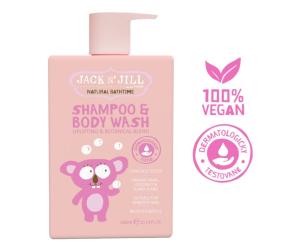Rubia cordifolia (Rubia cordifolia)
Other names: manji, manjista, vikasaa, gandira, jingi, raktaangi, samanga, majith, indian madder, bengal madder
Harm score: 1 (Natural substances)
The heartwort, also known in English as manjista or manjista, is known in many parts of Asia and Europe for its medicinal properties. This perennial plant reaches a height of up to one metre and is very attractive in its own right thanks to its evergreen, heart-shaped leaves that form a dense crown. It blooms from May to September with small yellow flowers clustered around it. Often referred to as vikasaa, gandira, jingi, raktaangi, samanga, majith, Indian madder or bengal madder, this plant is mainly known for its roots, which contain many medicinal substances.
Manjisha is used extensively in traditional Ayurvedic medicine, where preparations are made from its root to support the normal functioning of the digestive and urinary systems, skin and blood circulation. Its properties also make it very popular in the cosmetic industry. For example, its root is used in the production of shampoos and hair masks, where it helps to strengthen the hair and make it look healthy. The root of the heartwort is also used as a natural dye, especially in fabrics and furs, where it produces shades ranging from orange to pink to brown. In some parts of the world, it is even used to make a traditional paint called 'madder lake'. The durability of this dye has also led to its widespread use in the textile industry in the past.
You won't find this substance in our products. Try the natural, chemical-free products in our range.

Puer - bleaching powder for washing (1 kg)
Product detail
Universal cleaner (1 l) - with orange oil
Product detail
Liquid hand soap rose 300ml BIO, VEG
Product detail
Bioactive mixture for children Teeth - 10 ml
Product detail
Anti-hair loss shampoo for men BIO (150 ml)
Product detail